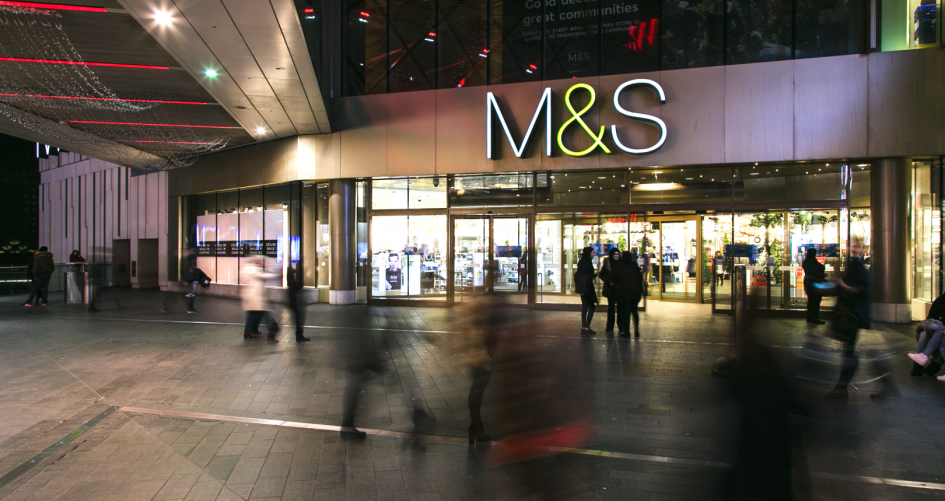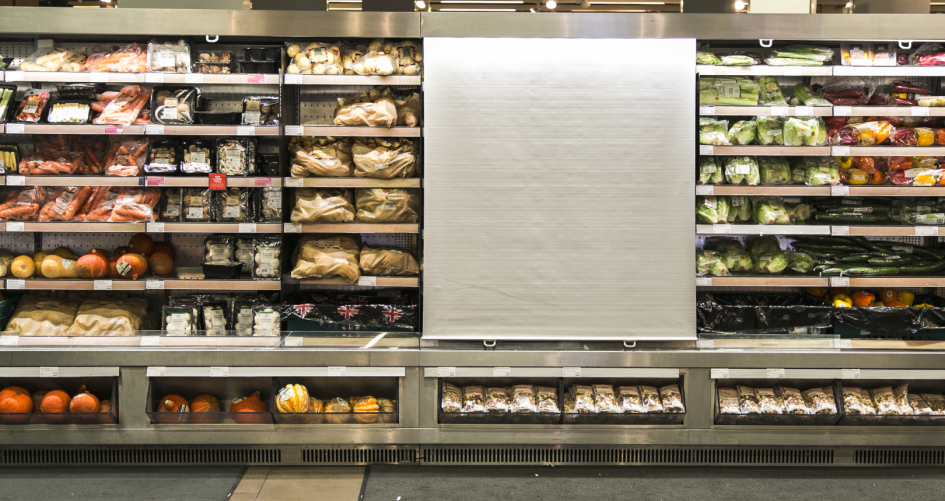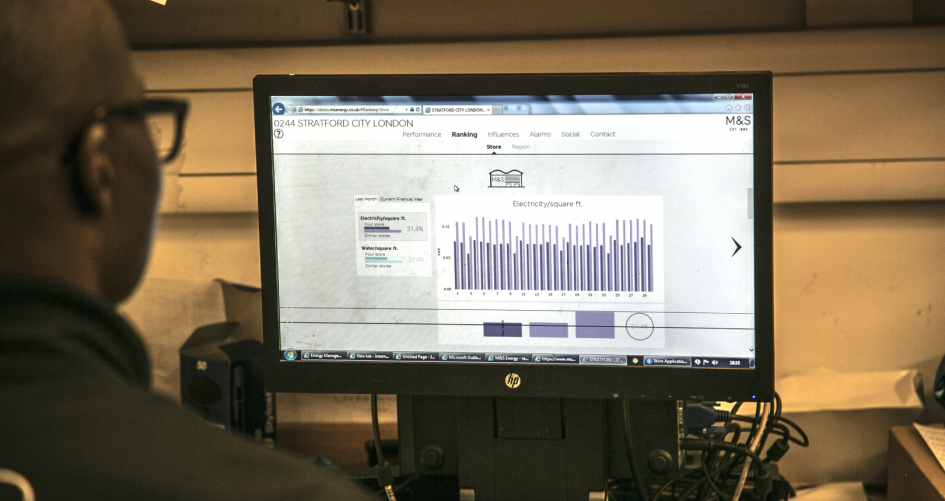In 2012, leading British retailer Marks & Spencer became carbon neutral in the UK and the Republic of Ireland. By 2014, they had achieved carbon neutrality in their 1,433 stores worldwide, as well as in their online operations, to become the only retailer in the world with carbon neutral global operations.
The company achieved carbon neutrality by reducing emissions, improving energy efficiency, sourcing renewable electricity, and procuring and retiring high quality carbon offsets. Suppliers, employees and customers are also encouraged to play their part in achieving a carbon-neutral society. M&S donated 38,000 free energy monitors to employees, and created a green bond that enables M&S customers to invest in solar photovoltaic panels installed on the roofs of M&S stores.
Key facts
- Emissions have been reduced by 28% with a 39% improvement in energy efficiency;
- Over 5,000 MWh is generated from third-party owned roof-top solar array (one of Europe’s largest) located on an M&S warehouse;
- 100% of energy is sourced from renewable electricity; 27% of which comes from bio-methane gas;
- Since 2012, 2 million tonnes have been invested into high quality carbon offsets and, in 2016/17, carbon offsetting accounts for 30% of baseline emissions or 221,000 tonnes of carbon dioxide equivalent.
- In 2014, M&S became the first major company to sign up to UNICEF’s new carbon offset project by providing funds for 40,000 fuel efficient, low pollution cook stoves to be manufactured, sold and maintained by more than 550 local entrepreneurs across 8 districts in Bangladesh. This scheme achieved ‘The Gold Standard’ carbon credit certification.
The problem
The Paris Agreement sets out the objective to limit climate change to well below 2 degrees celsius above pre-industrial levels. Science tells us that, in order to accomplish this objective, the world needs to achieve net zero emissions, i.e. climate neutrality, by the second half of this century. Business can make a huge difference in contributing towards a shift to a carbon neutral society.
The solution
M&S, a multinational retailer with over 1,433 stores worldwide, committed in 2007 to becoming climate neutral by 2012. They achieved a 39% improvement in energy efficiency through investment in new technologies such as LED lighting, installing one of Europe’s largest roof-top solar arrays; including small-scale renewables into their energy portfolio; pioneering of grid supplied bio-methane; and supporting the development and subsequent procurement of gold standard carbon credits in partnership with UNICEF in Bangladesh.
Fuel-efficient cook stoves help to reduce deforestation and limit local flooding. Currently 90% of households in Bangladesh depend on biomass such as wood, forest cuttings and cow dung for fuel, but less than two percent of those households use fuel-efficient stoves. The new stoves also enable households to save money on fuel, freeing up income for other essentials such as food and healthcare. In some cases, where women and children have to spend time collecting firewood this may free up time for children, especially girls, to attend school.
Helping the planet
Reducing greenhouse gas emissions combats climate change. Switching to renewable energy not only reduces carbon emissions from fossil fuels but also provides energy security. Carbon offset projects deliver a variety of environmental benefits in addition to carbon reduction, such as conservation of ecosystems and habitats from reforestation projects.
Helping people
Employees are heavily engaged and involved in driving carbon reductions at M&S, as well as switching to a low carbon lifestyle such as incentives to drive down the use of energy in their own homes, where 38,000 energy monitors were donated free of charge for home use. Customers also benefit from many M&S initiatives, through M&S Energy such as purchasing 100% renewable electricity or investing in solar photovoltaic panels installed on the roofs of M&S stores. Consumer awareness-raising programmes have also been run such as the “Wash at 30C/Line dry promotion and labelling”, which was found to have changed the behavior of 15% of M&S clothing customers. M&S Energy has also made £300k available to support community energy projects and technologies across the UK annually.
Spillover effect
M&S has already increased the scale of its commitment to carbon neutrality by extending it from operations in the UK and the Republic of Ireland, to worldwide in 2014. They have demonstrated that carbon neutrality is technically achievable and financially viable and they annually publish the savings and other business benefits driven by their programme.
The use of third-party and M&S Energy Society customer “green” bonds have demonstrated additional funding options to increase the scale of activities in UK . Sourcing low carbon energy such as bio-methane, and the pioneering procurement of injected and certificated biogas has demonstrated additional market place opportunities for reducing emissions. Future commitments were made in 2017. In line with climate science, M&S aim to reduce greenhouse gas emissions from M&S operations worldwide by 80% compared to 2006/07 and will reduce indirect greenhouse gas emissions from upstream and downstream sources by at least 13.3 million by 2030. M&S is committed to carbon neutrality until 2025 and is developing a strategy to ensure participants of our csupply cain can benefit from our carbon credit purchases.




Images owned by the activity partners, all rights reserved.







